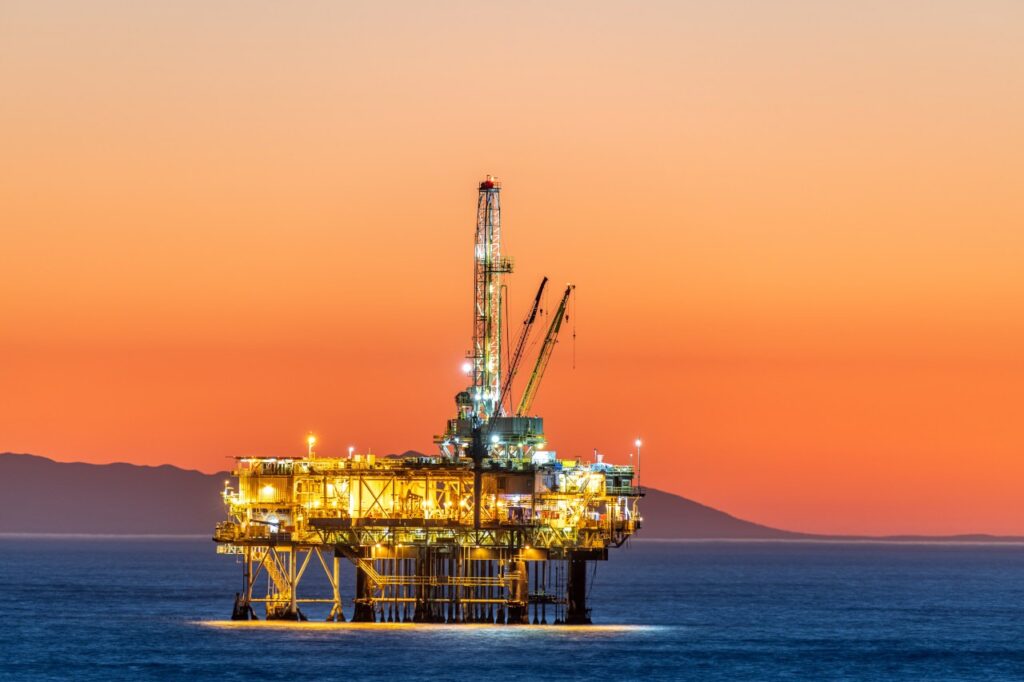Dieser Beitrag ist auch verfügbar auf:
Deutsch
The environmental toll of traditional energy sources
Traditional energy sources such as coal, oil and gas remain the main source of global electricity production. It is well-known that the combustion of coal, oil and gas accounts for the majority of global greenhouse gas emissions, leading to an increase in global warming. According to the Intergovernmental Panel on Climate Change (IPCC), 75 percent of all global greenhouse gas emissions are due to the use of fossil fuels.
But the environmental cost goes far beyond emissions. Coal and oil mining can have devastating effects on local ecosystems. Mining not only destroys landscapes, but also leads to massive habitat destruction and water pollution.
Another problem that is often overlooked is oil production in extreme environments such as the Arctic, where oil drilling poses unpredictable risks. In the event of a leak, cold temperatures could make oil spill cleanup nearly impossible. In addition, oil extraction releases huge amounts of methane, a particularly climate-damaging gas. According to a study by the University of California, the oil industry contributes about 25 percent of global methane emissions.
Other hidden environmental damage caused by the use of fossil fuels
1, Acidic mine water from coal mining
During coal mining, acidic mine water can be produced when pyrite (iron sulfide) reacts with water and air. This acidic wastewater damages rivers and soils by releasing toxic heavy metals such as mercury and arsenic. Examples of this can be found in former coal mining areas in the Appalachians or in the Ruhr area.
2. Floating oil slicks on land
In Nigeria, decades of oil production in the Niger Delta have led to countless oil leaks. In addition to polluting the sea, oil slicks have also formed on land, making the soil infertile and massively affecting local agriculture and drinking water supplies.
3. The toxins created by coal ash dumps
Coal ash, a byproduct of generating electricity from coal, is often stored in huge landfills. This ash contains toxic substances such as lead, arsenic and chromium. An accident in Tennessee (USA) in 2008 resulted in millions of tons of coal ash being released into surrounding waters, with devastating environmental effects.
4. Hidden water use in fossil fuels
The extraction and processing of oil and gas requires large amounts of water. For example, oil extraction from tar sands in Canada requires up to 4 liters of water to extract one liter of oil. This water is often contaminated and cannot be reused.
5. The impact of coal dust on glaciers
In regions such as Tibet or the Rocky Mountains, soot particles from coal-fired power plants can land on glaciers. The dark soot absorbs sunlight and accelerates the melting of the ice. This phenomenon indirectly contributes to sea level rise.
6. Fossil fuels produce microplastics
The production of plastics derived from fossil fuels causes microplastic pollution. These particles enter the environment, where they harm marine life and eventually reach humans via the food chain.
7. Ocean acidification from natural gas extraction
The extraction and use of natural gas not only releases CO₂, but also methane. This contributes to ocean acidification by oxidizing in the atmosphere and eventually ending up in the water as carbonic acid. This chemical change threatens marine organisms such as corals and shellfish.
8. Landslide risks from coal mining
Underground coal mining often destabilizes the earth’s surface. In areas such as Jharkhand, India, entire areas of land have subsided, leading to dangerous landslides that threaten people and animals.
What alternative energy sources can really do
The search for alternative, cleaner energy sources has gained momentum in recent years. Renewable energies such as solar energy, wind power and hydropower offer promising solutions, but they also bring environmental challenges.
Solar energy
Solar energy has established itself as one of the most environmentally friendly energy sources. However, the production of solar panels still requires a significant amount of energy and leads to CO₂ emissions. Interestingly, the carbon footprint of a solar panel – the amount of CO₂ released during its production – can vary depending on location. In regions that generate their electricity primarily from coal, the CO₂ emissions from the production of solar panels can be up to five times higher than in regions with a higher share of renewable energy.
Nevertheless, it has been shown that the carbon payback period of solar panels – the time required to offset the CO₂ emissions from manufacturing through clean energy production – is getting shorter and shorter. In sunny regions, this time is already reached after about 1 – 2 years.
Wind power
This type of renewable energy has proven to be one of the most promising alternatives, but there are environmental challenges to consider. One example is the birds and bats that can be harmed by wind turbine rotors. Studies show that up to 140,000 birds are killed each year in the U.S.A. by wind turbines – a number that pales in comparison to other hazards, such as collisions with windows or cars.
Another problematic aspect of wind power is the material consumption. The production of wind turbines requires a significant amount of rare earths and metals. However, there are advances in research aimed at further improving the efficiency and sustainability of wind turbines. For example, more and more recyclable materials are now being used in production to optimize the life cycle of turbines.
Hydropower
Hydropower is one of the oldest and most effective forms of renewable energy. But here too there are environmental concerns. The construction of dams often has serious impacts on local ecosystems. In some cases, dams can cause the displacement of entire communities, and the shifting of rivers can seriously affect fish populations. A well-known example is the Three Gorges Dam crisis in China, which forced more than 1.3 million people to flee their homes.
How we can reduce our ecological footprint
The truth is that every form of energy production has an ecological price. But the good news is that there are a variety of ways to minimize the environmental impact:
Increasing energy efficiency
One of the simplest and most effective ways to reduce energy consumption is to increase energy efficiency. This means better insulating buildings, using energy-efficient appliances and optimizing electricity consumption in homes and businesses.
The Decentralization of energy production
The future of energy supply will lie in decentralization. Solar energy on roofs, small wind turbines and cogeneration plants could help to meet local energy needs and reduce dependence on centralized, often environmentally harmful energy sources. Innovative systems such as the ION Power Grid are designed to control energy flows, link local generation and consumption and use surpluses in smart storage or neighborhood networks.
The ION Power Grid is a system for sustainable and decentralized energy supply that uses blockchain technology to make energy consumption more efficient and reduce dependence on centralized energy sources.
The system promotes renewable energy and optimizes the flow of energy through local power grids.
Improving storage technologies
The use of energy storage or power-to-X technologies – which allow the conversion of excess electricity into easily storable forms of energy – is crucial to integrate renewable energy into the grid more efficiently. Better storage of excess energy can help maintain supply even during periods of low demand.
Future innovations
Continued research in the areas of green technologies is crucial. In the future, for example, the development of green hydrogen technologies or advanced solar panels could further reduce the environmental footprint of renewable energy.






